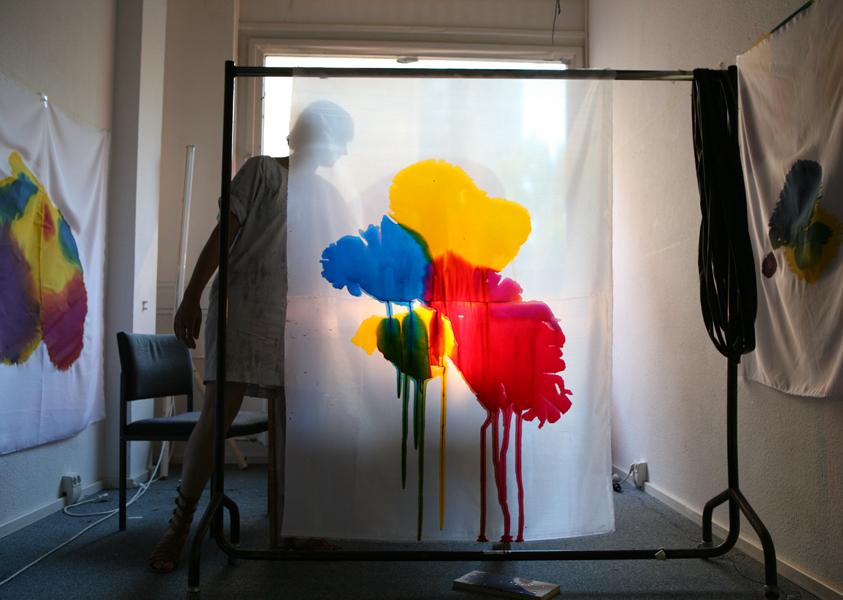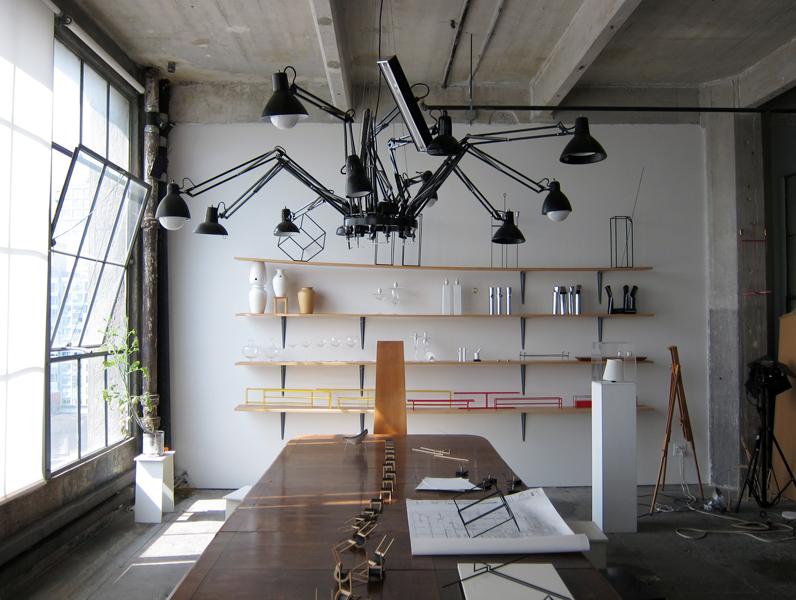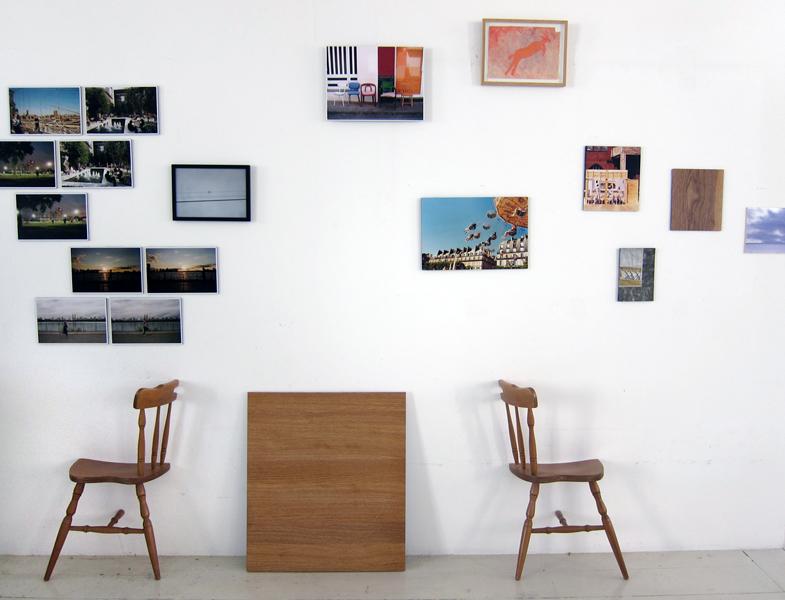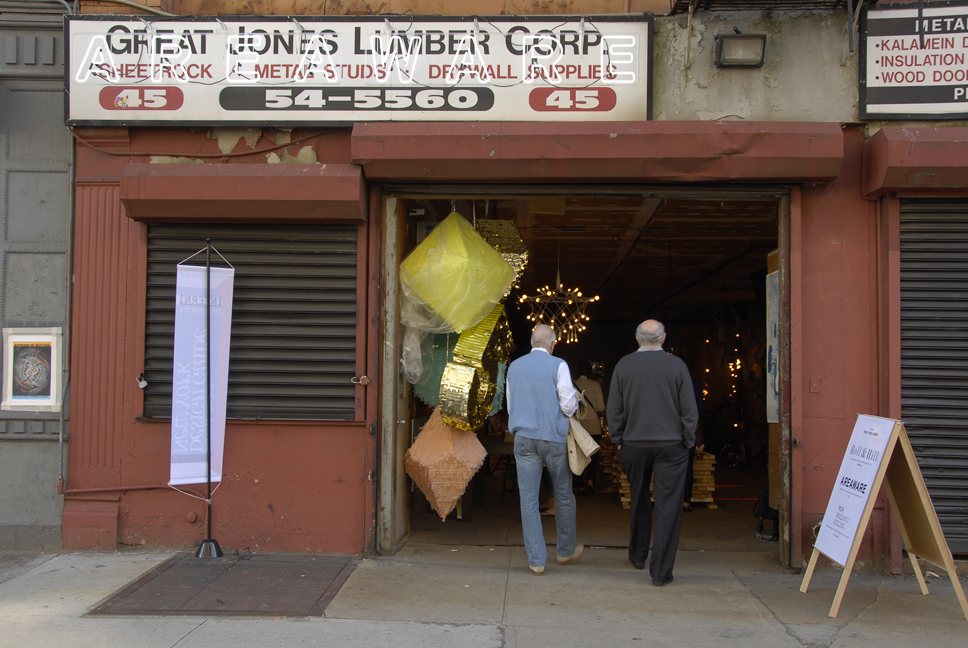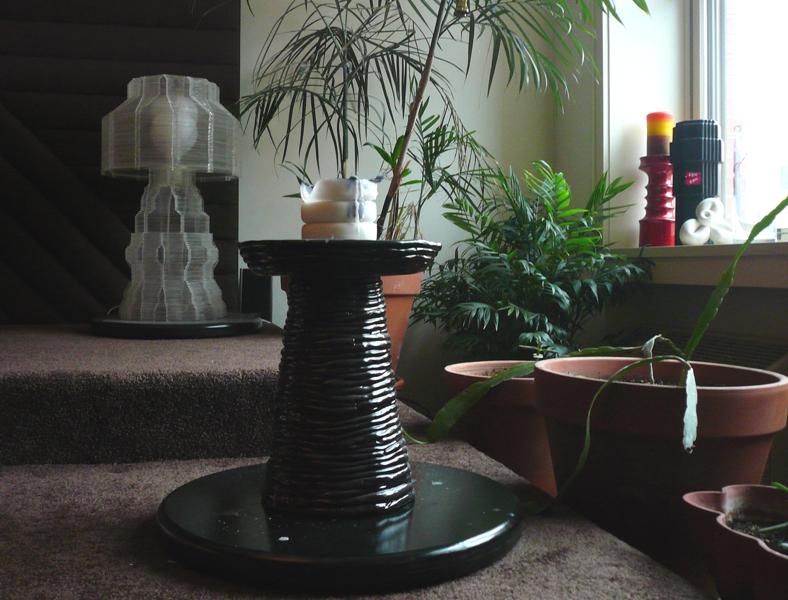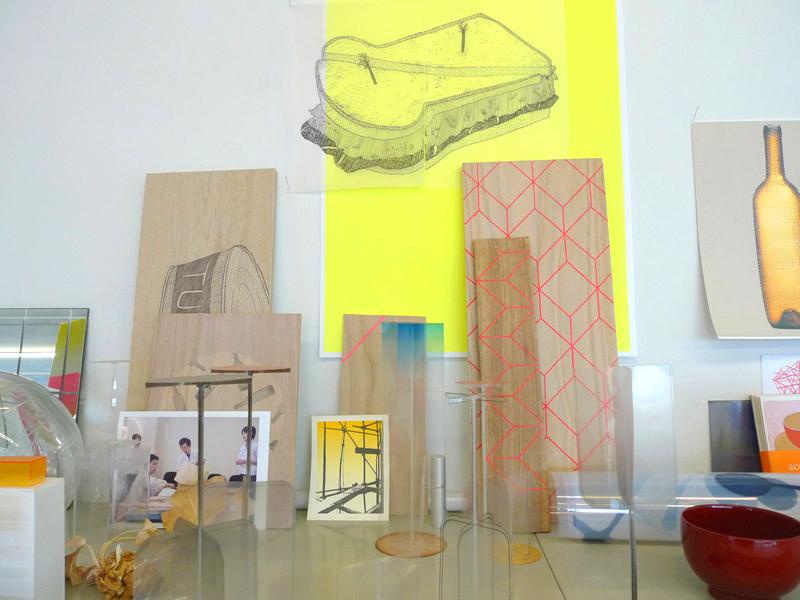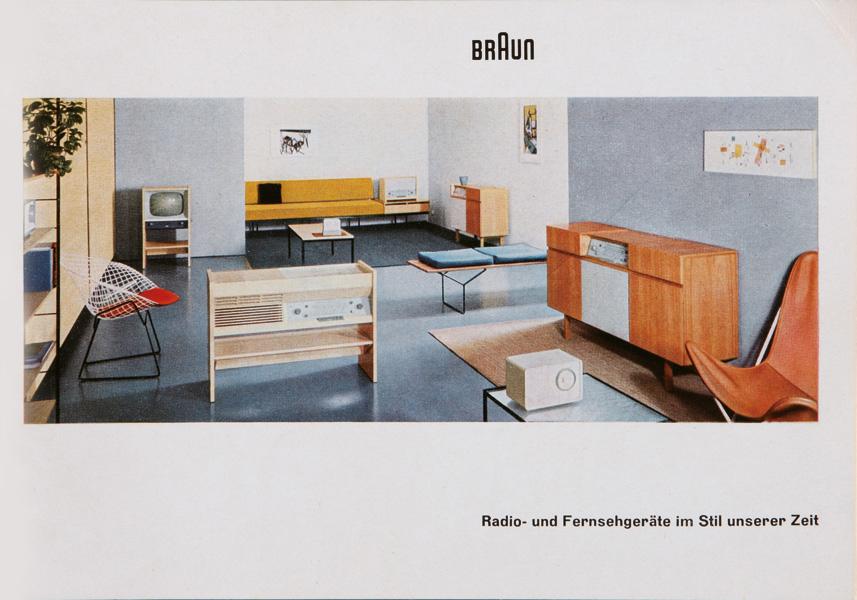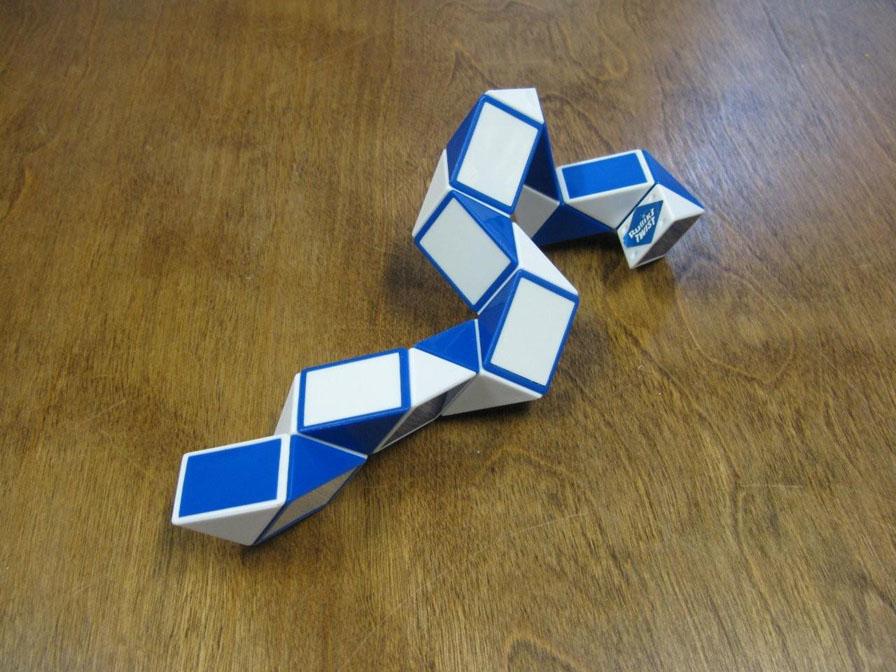This story was originally published on November 3, 2009. A year and a half later, Dror Benshetrit unveiled at the New Museum a simple, scalable structural joint system called QuaDror, which just may turn out to be his magnum opus. It takes obvious inspiration from the kinds of toys he shared with Sight Unseen here. // Some furniture expands if you’re having extra dinner guests, or folds if you’re schlepping it to a picnic. But most of it just sits there, content to be rather than do. This drives New York–based designer Dror Benshetrit crazy. “Static freaks me out,” he’s said, and so the Design Academy Eindhoven graduate has spent the entirety of his young career making things that either capture a state of transformation (his progressively shattered series of vases for Rosenthal) or actually transform themselves (the Pick Chair and Folding Sofa that flatten using simple mechanics). When I first saw Dror’s latest project, a trivet for Alessi whose concentric metal arcs are magnetized so they can be reconfigured endlessly — and even, the designer enthusiasticaly suggests, worn as a necklace — I thought: If he can’t even let a trivet sit still then his fascination with movement must be more than a design philosophy, it’s probably coded in his DNA. I was right. Dror has been obsessed with kinetic toys since he was a child.

